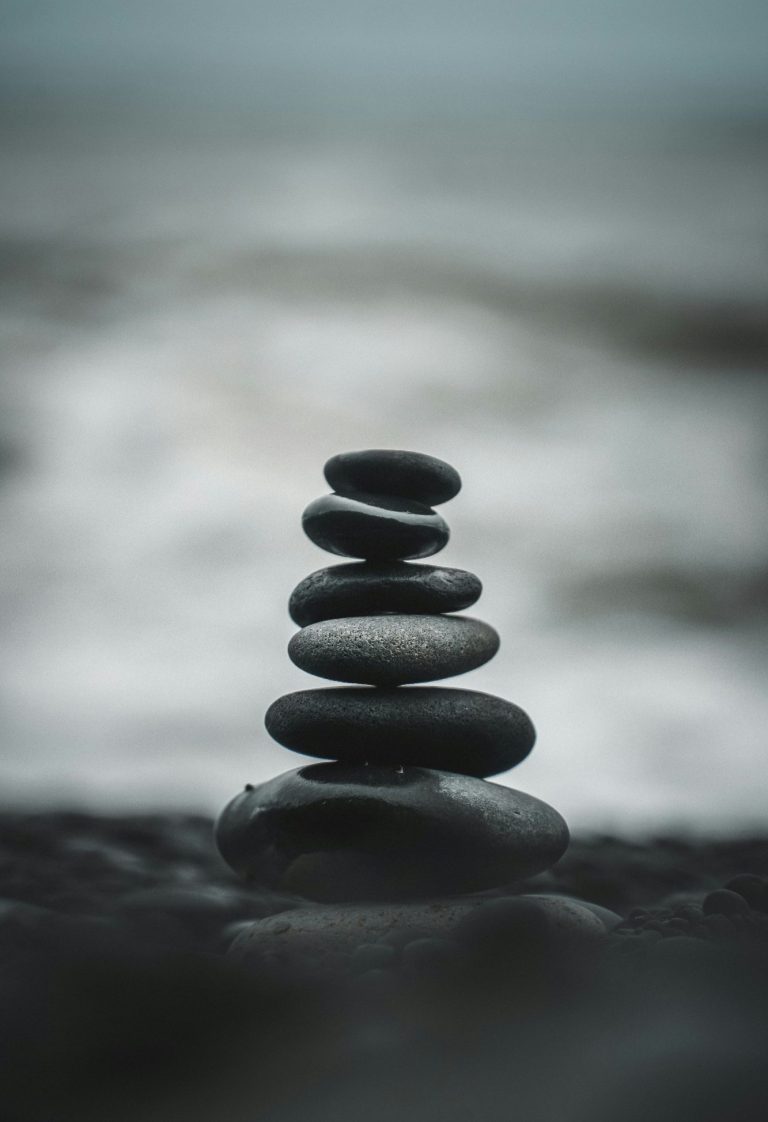Contemplation
"In order to improve the mind, we ought less to learn than to contemplate" - René Descartes
To contemplate means to "look thoughtfully for a long time at".
In these meditations, an object, word or phrase is used as the point on which to focus the mind with curiosity and open-mindedness in order to seek any insights that might come up. The ability to be curious and open to learning new things overlaps with some of the skills of mindfulness.
If you are new to contemplation or meditation in general, choosing a simple object, perhaps from nature, is great way to start - a leaf, for example. Using all the senses (within reason, please do not start eating leaves from your garden!), study the object - how it looks, feels, smells, perhaps it makes sound or you can make a sound with it. The idea of this type of meditation is to cultivate your skills of curiosity and openness to new experiences. Even though a leaf may seem very simple, when you contemplate it for some time you may have thoughts or feelings arise that you haven't considered before, and this may give you a new perspective, or greater insight about something.
Below are some examples of contemplations you can try using objects you can easily find.

A leaf
Start by placing the leaf on a surface in front of you. Observe it for a while. What is its shape? Are there patterns or varying colours within it? Is it intact or broken in any way? Perhaps you will notice detail you've never seen in leaves before. Pick up the leaf and feel the textures between your fingers. Is it light or heavy? Try smelling the leaf. Does it remind you of anything? Does the leaf make any sound as you are holding it? Perhaps rustling between your fingers. Spend time using your senses to regard the leaf and open your mind to any thoughts that come up while doing this.
A pencil
Rest the pencil in your hand and watch it for a while. What colour is it? Are there any surprising features about it? How does it feel on your hand? Consider how it looks from different angles. Feel the pencil between your fingers, are there different textures within the pencil? Is there a smell to it? Perhaps you can make sounds with the pencil, for example by gently tapping it on a table or your leg. Consider the times you have used a pencil and how it has helped you in the past. Consider how the pencil was made and all the events which had to occur to lead to this pencil being in your possession.
A rock/pebble
Start by looking at the pebble. Consider its shape and size, any colours which run through it or pattens on its surface. Perhaps it has some cracks or indentations. Pick it up and feel the surface of the pebble in your hand. Is it rough or smooth? Heavy or light? Perhaps it's cold in your hand. Does it have a smell? Consider where you found this pebble. Who or what else do you think has encountered this pebble before? How long do you think it has been there? Consider the millions of years it can take rocks to form, and here you are holding one in your hand.


Other forms of contemplation
As your practice advances, you can also try contemplating words (Calm, Joy, Peace etc.) or phrases, such as affirmations (e.g. I am enough), as these can allow you to open your mind to new meanings that you may not have previously considered, or offer you deeper insights or meaning to aspects of your life you are struggling with.
Traditionally, contemplation is seen as a deeply spiritual practice, in which you seek answers from your inner voice or a higher power to the question or problem on which you are meditating. The practice of contemplation goes back many centuries - Plato considered that, through contemplation, he ascended to divine knowledge, and contemplation practices have been found in a wide variety of different cultures throughout history. You can learn more about the history of different types of meditation here.
If you practice a religion, you may recognise contemplation as a regular part of your religious practice, as many religions contemplate verses from their holy books as a way to give greater understanding to the spiritual meanings of the text to them. Prayer can also be considered a form of contemplation as it involves seeking a connection with a higher power to answer questions or deepen spiritual connection.
We suggest that those starting out in their meditation practice use objects to meditate on, like the examples above, before moving on to words or affirmations. In particular, contemplating on questions, such as "what is my purpose?" can become deeply philosophical and can bring feelings of anxiety or confusion if you have not yet developed a strong foundation in your meditation practice.
We need your consent to load the translations
We use a third-party service to translate the website content that may collect data about your activity. Please review the details in the privacy policy and accept the service to view the translations.

